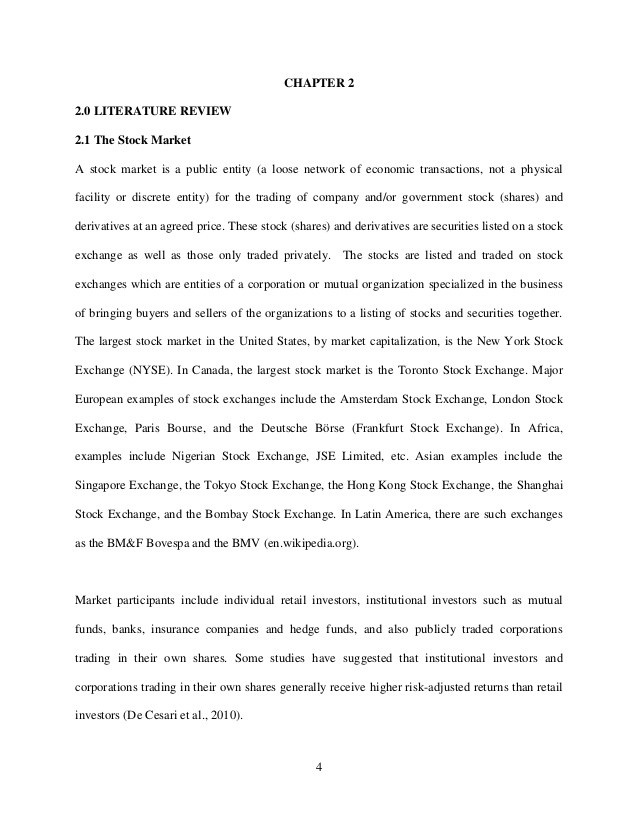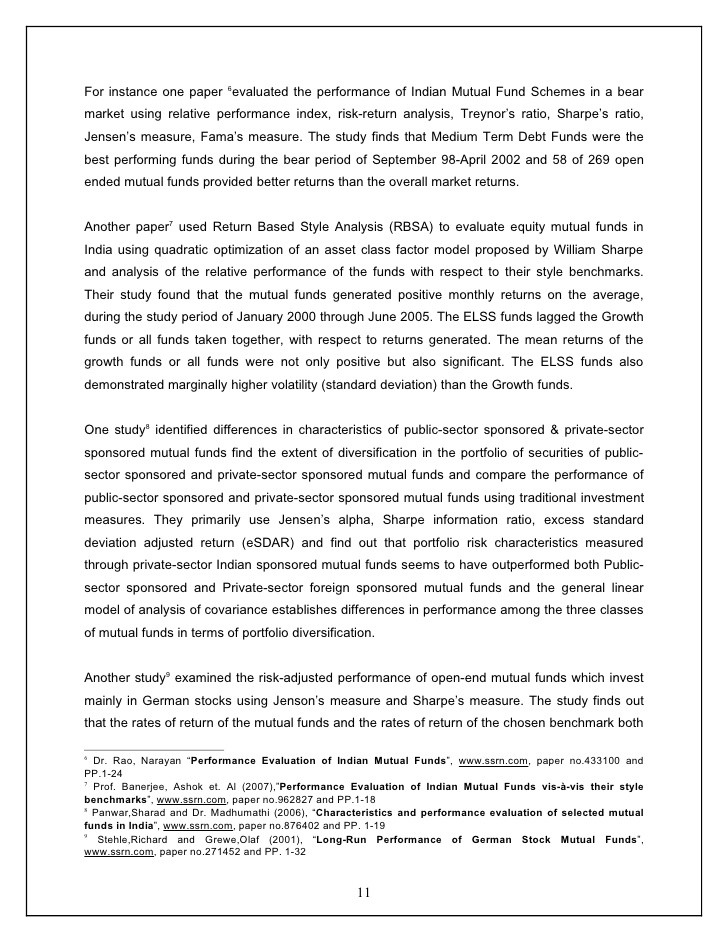How to Evaluate Stock Market Performance
Post on: 31 Март, 2015 No Comment

Stock market performance is something hard to explain. Thats why so many experts try to interpret it from the perspective of psychology and perception. Apparently this interpretation isnt much help to most ordinary investors since it is too unfathomable and intangible. Luckily, in addition to psychology and perception, there are other tangible and decisive economic variables that you can rely on to predict the trends.
Stock market index
It refers to the indicative figures compiled by the Stock Exchange or Finance Services. Its aim is to offer a reference to the stock market changes. As an investor, accordingly you can test the effect of your investments and predict the trends based on the index. Since deriving the stock index is a computationally complex task and there are a wide variety of them, people often choose a number of the representative samples from listed stocks and then calculate the average number or index, which is thus used to represent the entire market trends and the ups and downs of share prices.
Thats to say, a main stock market index consists of the dominant shares and its transactions are a representative part of its performance. In addition, broad market indices are closely related to the performance of individual share. For example, the S&P 500 index in the U.S. is a very good example for your reference.
The reason here is obvious the active transaction on these major indices tends to signify that some of the big companies stock prices are rising; on the contrary, the dropped index often implies the share price declines in one or many. From this it is easy to infer that a single share in this index could determine the ups and downs of a whole index. Of course, investor sentiment can be also affected by the companys profit status and other factors.
A certain industry index
As the name suggests, a certain industry index describes the overview and running state of the shares in this industry. So, you can also use this industry index to decide where its stocks are heading. To understand what it helps, consider an industry index consisting of shares of trading only in the industry of hybrid vehicles. Based on this information, you can infer the current and future trends of its upstream stocks, including non-ferrous metal raw materials, car battery material suppliers, car battery manufacturers, and so on.
Mind you, you are not suggesting using the trading in this industry to assess a comprehensive stock market performance. In other words, it reflects mainly the condition of this given industry market. And the information disclosing to you is the investors views and transactions at a certain time.
Some external factors

The stock market experiencing a downward trend may have nothing to do with the companys profit making capability. Sometimes the soaring share prices are simply driven by the investors psychology. In fact, very often its performance is affected by some external factors, e.g. government elections, economic indicators, even seasonal changes.
Among these seasonal affecting factors, one of the most obvious is the so-called Halloween effects, which think that the performance in the winter months is generally better than in the summer months. This is also the very source of sell in May, an ancient legend on Wall Street. In addition, another mode also shows that the trading days in the beginning and the end of a month have a special significance, which thus makes a lot people carry on transactions during these very days.
Cyclical bull or bear market
If the upward trend in the stock market can last for a long time, it is a bull market, in which both traders and investors can earn good money. On the other hand, if the pullback lasts for a few months, it is a bear market, in which investors and traders should profit by the sale of shares, switch to bond markets, or others.
One of the characteristics of financial markets is cyclical changes, which refer to not only a bull market cycle, but also a bear market cycle.














